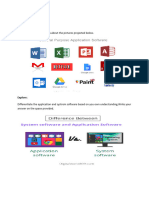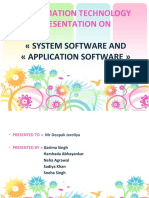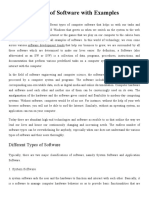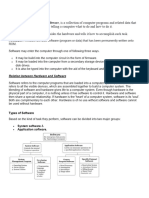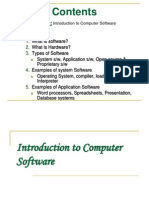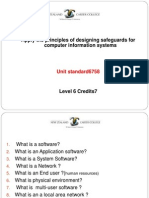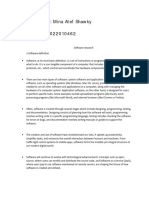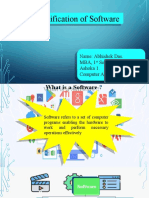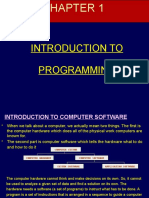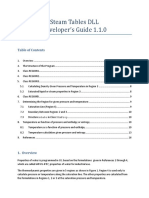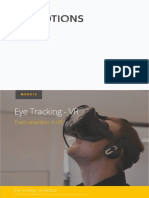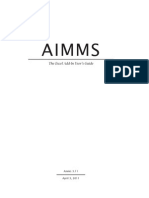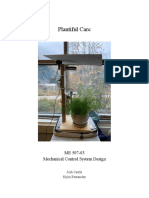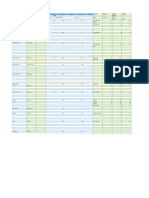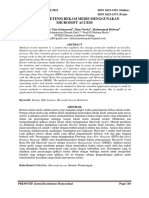0% found this document useful (0 votes)
32 views17 pagesIntroduction
The document provides an overview of system software and operating systems, defining software as a set of instructions that operate computers. It categorizes software into application software and system software, detailing their functions, examples, and types, including utility software and device drivers. Additionally, it discusses the roles of language translators, assemblers, compilers, and the advantages and disadvantages of application software.
Uploaded by
msword879Copyright
© © All Rights Reserved
We take content rights seriously. If you suspect this is your content, claim it here.
Available Formats
Download as PDF, TXT or read online on Scribd
0% found this document useful (0 votes)
32 views17 pagesIntroduction
The document provides an overview of system software and operating systems, defining software as a set of instructions that operate computers. It categorizes software into application software and system software, detailing their functions, examples, and types, including utility software and device drivers. Additionally, it discusses the roles of language translators, assemblers, compilers, and the advantages and disadvantages of application software.
Uploaded by
msword879Copyright
© © All Rights Reserved
We take content rights seriously. If you suspect this is your content, claim it here.
Available Formats
Download as PDF, TXT or read online on Scribd
/ 17
